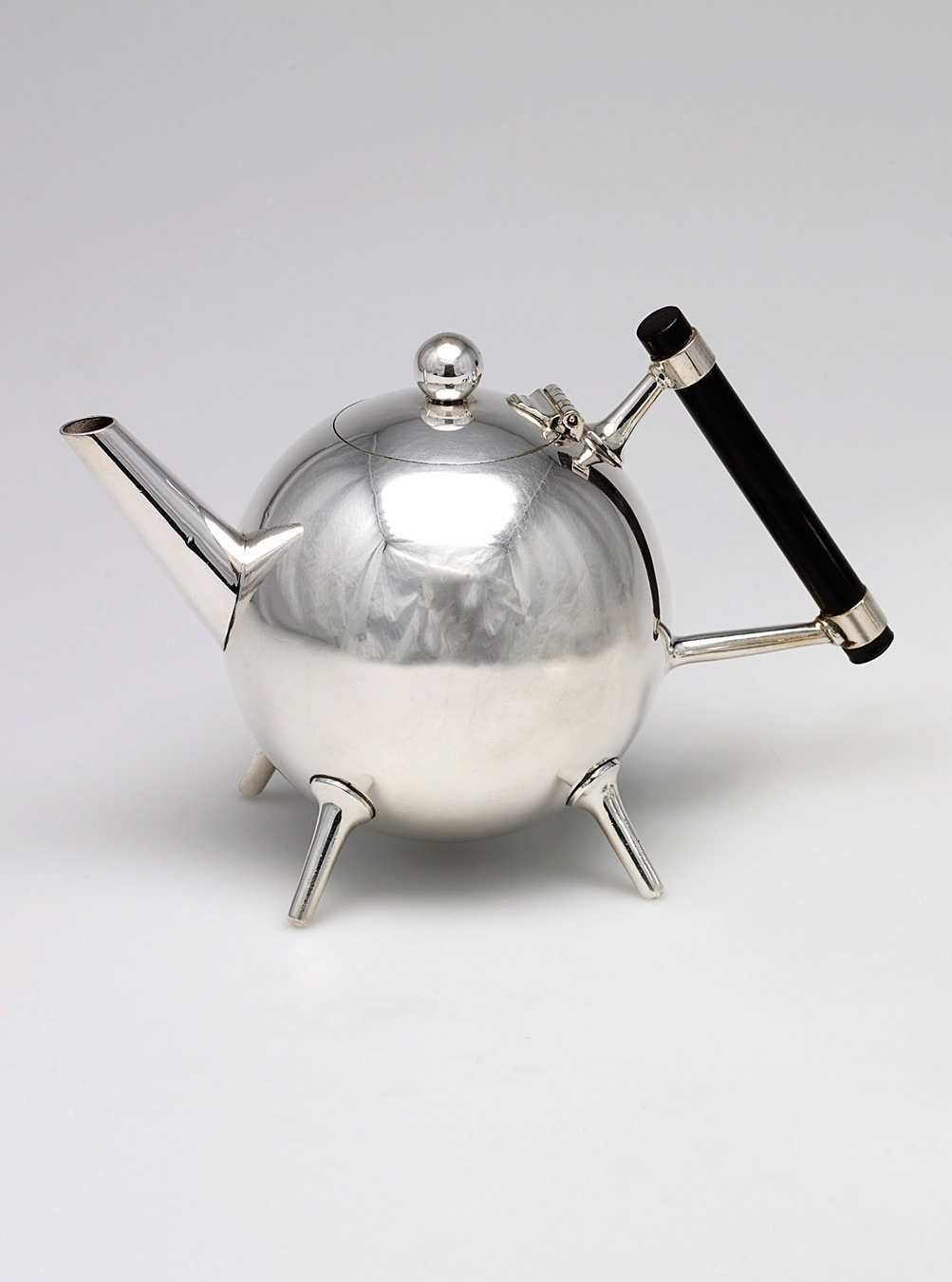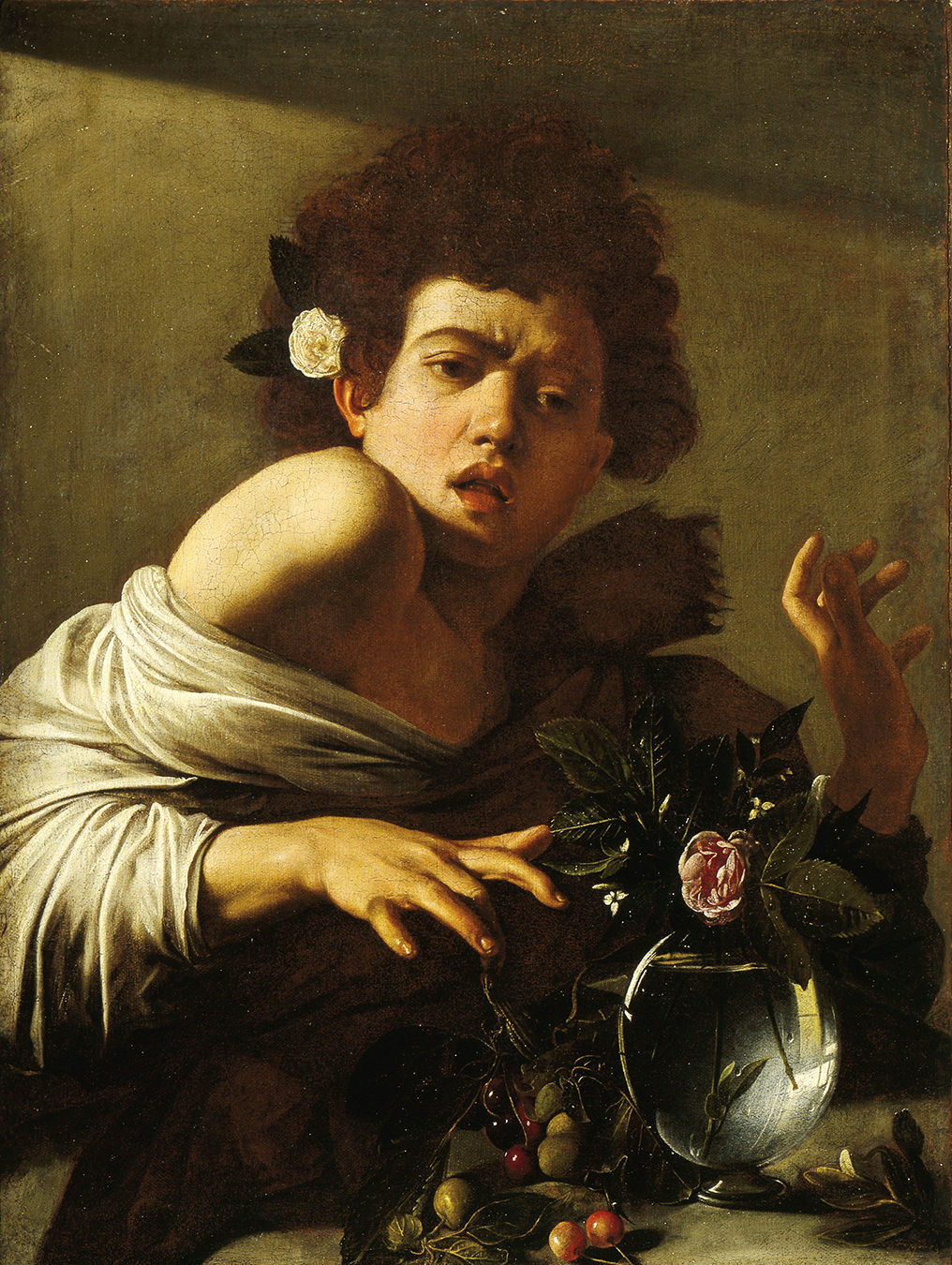-
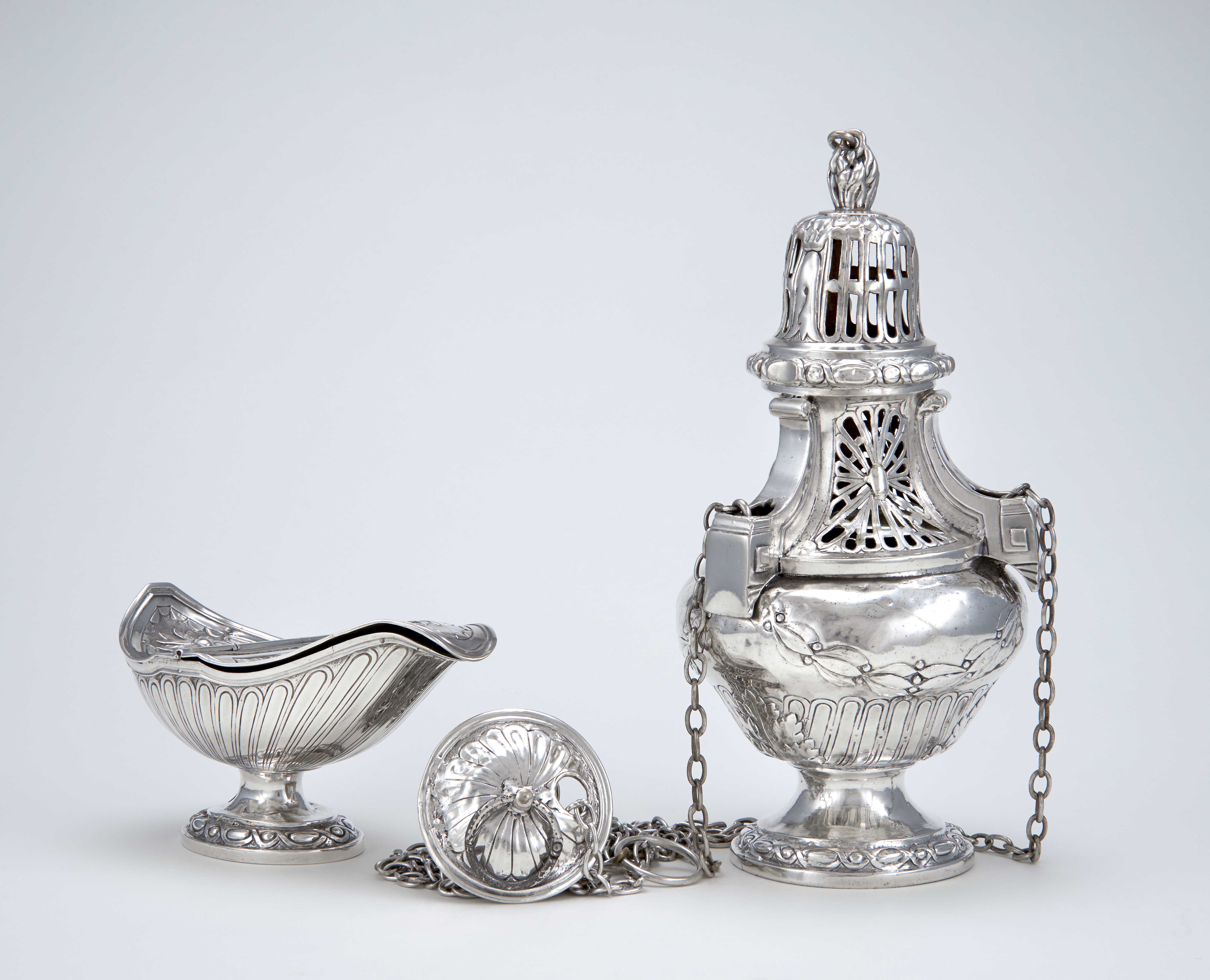
Censer and Incense Boat of Saint-Anselme 1837, silver, censer with chains: 117.2 cm, censer: 26.8 x 12.9 cm (diameter); 1.03 kg, incense boat: 10.5 x 13.6 x 8.3 cm; 260.04 g, National Gallery of Canada, Ottawa. Purchased 1965 and 1967 (14815; 15322). Photo: NGC.
-
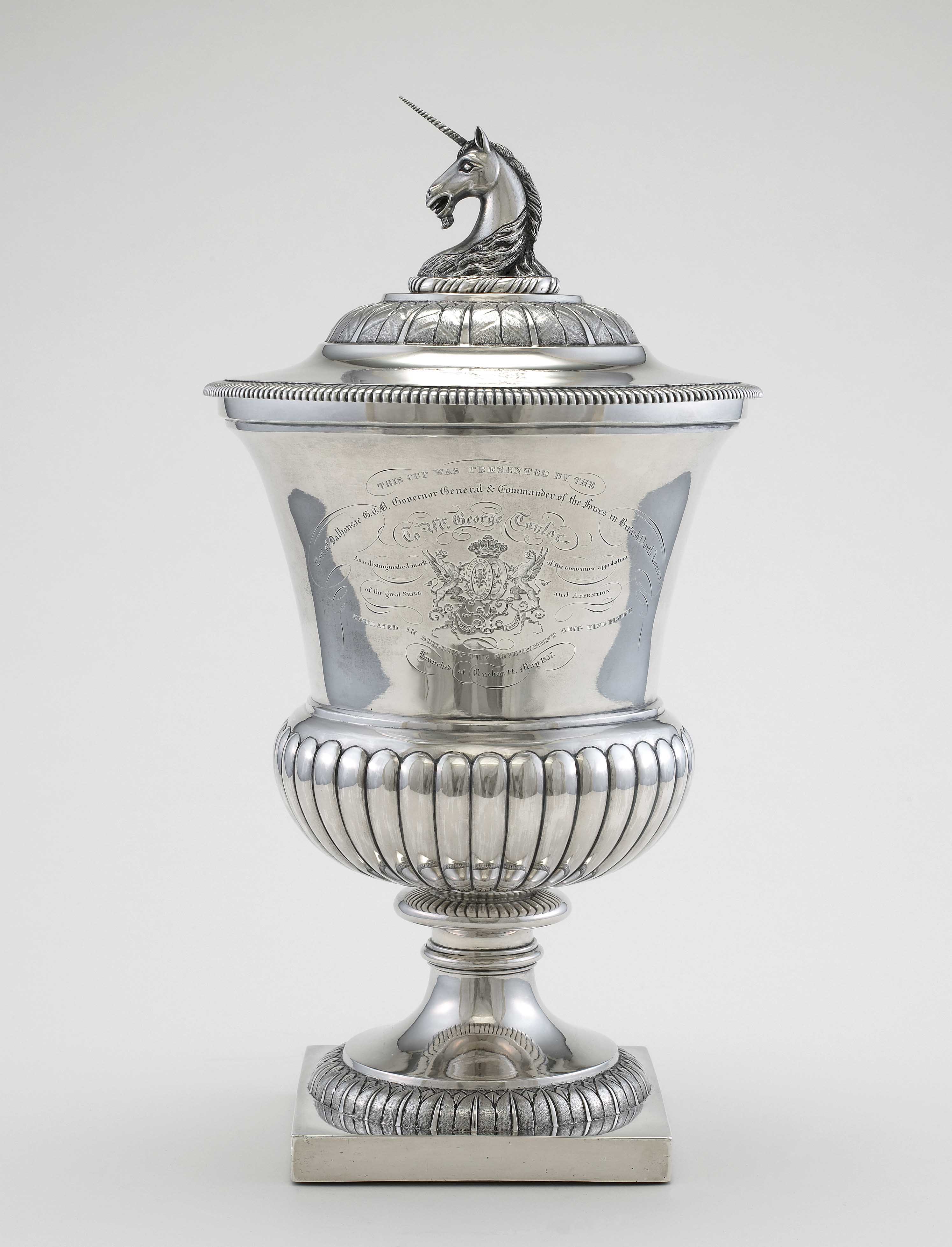
Cup Presented to George Taylor, 1827, silver, 30.7 × 16.8 × 16.7 cm; 2 kg, National Gallery of Canada, Ottawa. Purchased 2000 with the assistance of a grant from the Government of Canada under the terms of the Cultural Property Export and Import (40385.1-2). Photo: NGC.
-

Chalice of Bishop Joseph Signaÿ, 1837, silver and gold, 31.1 × 15.2 cm; 871.63 g, Basilique cathédrale Notre-Dame-de Québec, Quebec City. Bequeated by Monsignor Joseph Signaÿ for the use of succeeding archbishops and bishops of Quebec, 1850. Photo: NGC.
-
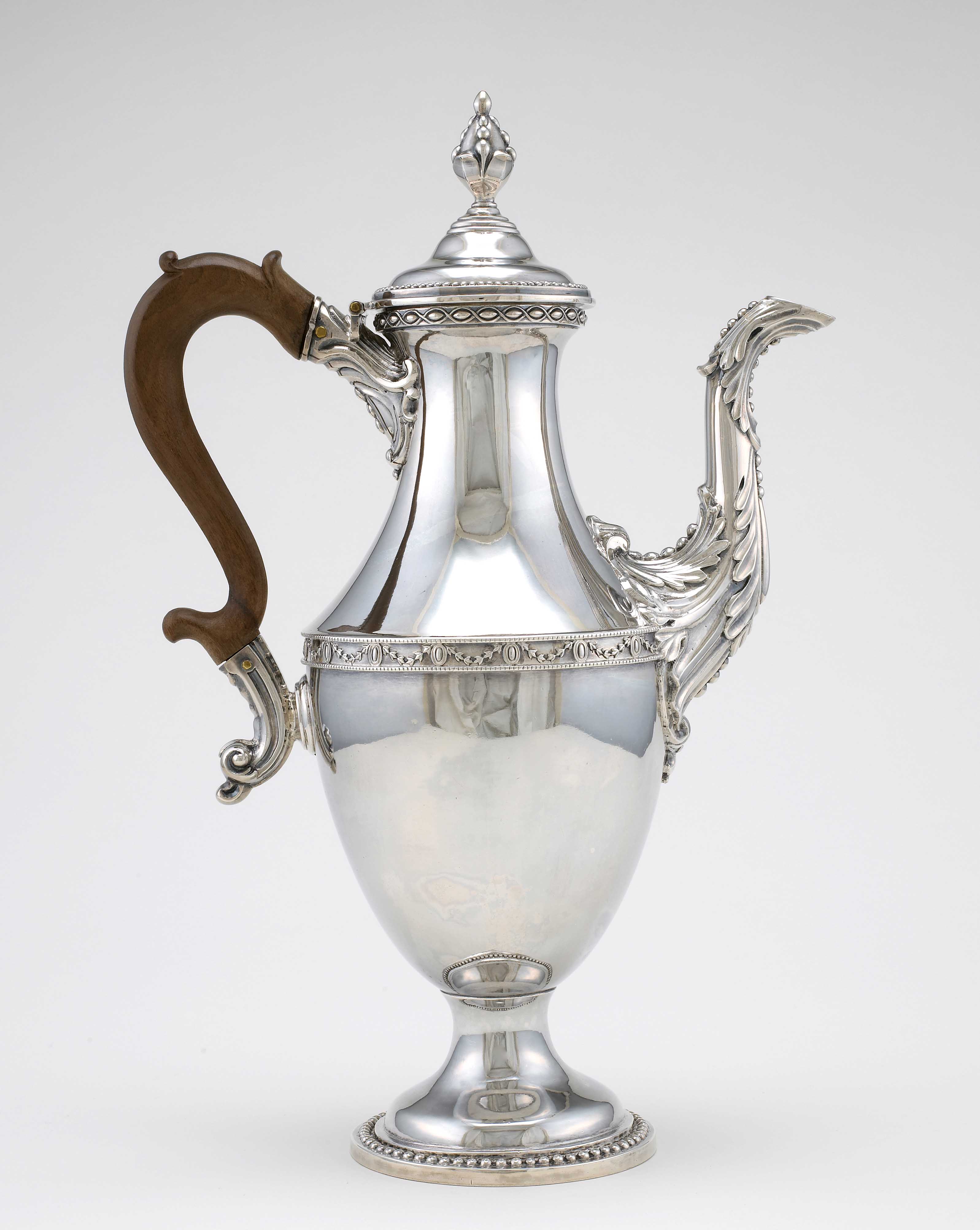
Coffee Pot of the Le Moine Family c. 1796, silver, brass and mahogany, 32.9 × 22.2 × 11.8 cm; 1.03 kg, National Gallery of Canada, Ottawa. Gift of Suzy M. Simard, Westmount, Quebec, 1994, in memory of Dr. and Mme Guy Hamel (37674). Photo: NGC.
-

Chalice of Bishop Joseph Signaÿ 1837, silver and gold, 31.1 × 15.2 cm; 871.63 g, Basilique cathédrale Notre-Dame-de Québec, Quebec City. Bequeathed by Monsignor Joseph Signaÿ for the use of succeeding archbishops and bishops of Quebec, 1850. Photo: NGC.
Laurent Amiot: Canadian Master Silversmith
Salute to a master.
Over his 50-year career, Quebec City-born artist Laurent Amiot (1764-1839) produced a collection of exquisite silver works ranging in styles from Louis XVI to English neoclassism and even rococo revival. Now, Ottawa’s National Gallery of Canada has launched the very first retrospective devoted to the master.
Ninety-two works, including Amiot’s thoughtful, strategic sketches, illustrate his contributions to the revitalization and development of religious art, a crucial genre for artists of his time seeking support from the clergy, as well as domestic and commemorative silver. Thanks to Amiot’s contributions, silversmithing came to be seen as a serious artistic practice in Canada. “Decorative silver is no longer considered as a craft, but as a fully-fledged art form,” says National Gallery of Canada early Canadian art curator René Villeneuve.
Thanks to Amiot’s contributions, silversmithing came to be seen as a serious artistic practice in Canada.
Amiot was the first Canadian to venture to France to pursue further studies in silversmithing—when he arrived, the country at the height of opulence under the reign of Marie Antoinette and Louis XVI, when art was classical and regal. “It was a return to antiquity, but more precise and based on real objects unearthed in Italy,” says Villeneuve of the era’s references, which included leaf patterns and beading around silver mouldings.
Returning home just before the French Revolution, Amiot found English neoclassicism popular in Canada, with the well-to-do acquiring a taste for luxe tea parties. To serve them, Amiot crafted gorgeous teapots, with detailed sculptural elements, as well as sugar bowls, elegant sugar tongs, and creamers. With his help, dining in Canada was elevated to an art form, and decorative tableware became essential, from entrée dishes and silverware to mustard pots, wine funnels, and cake stands.
High personal style also required silver including shoe buckles, wedding bands, medals, and trinkets, such as snuff boxes. The artist’s career culminated with his Rococo Revival works featuring pieces festooned with roses an other romanticized floral motifs.
Laurent Amiot: Canadian Master Silversmith will be at the National Gallery of Canada from May 11 until September 23, 2018.
_________
Never miss a story. Sign up for NUVO’s weekly newsletter, here.

